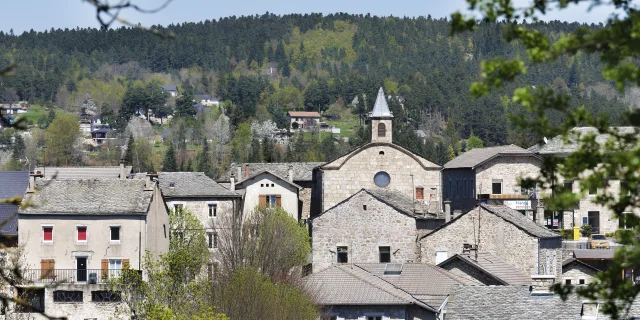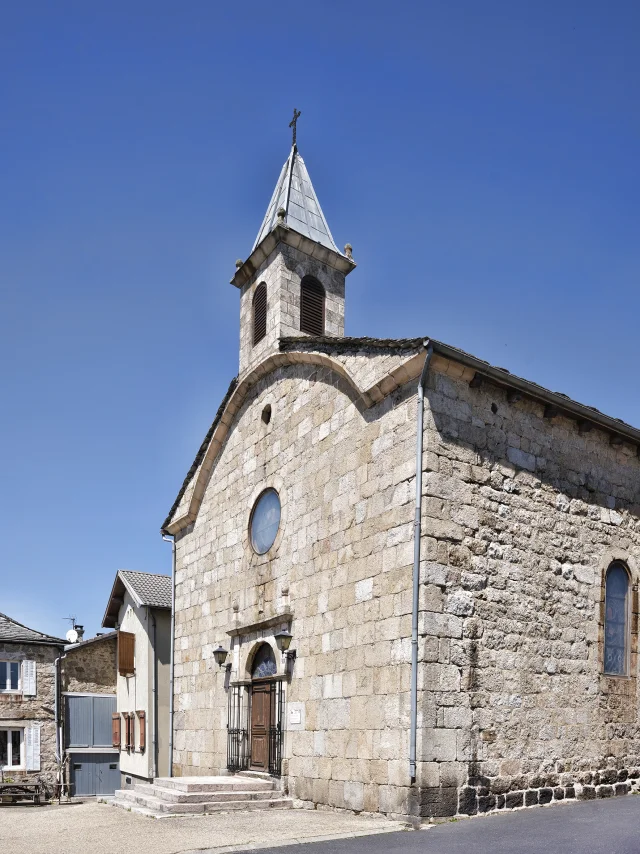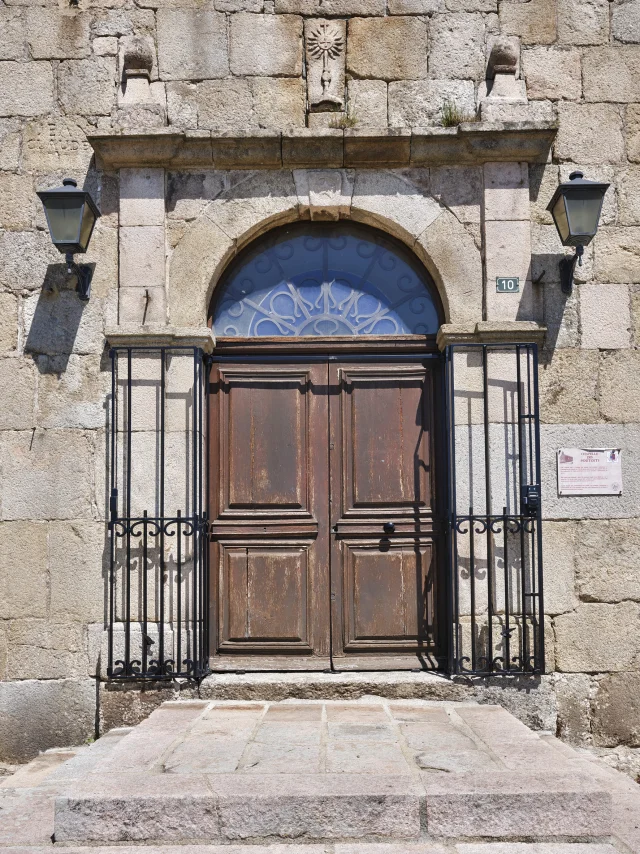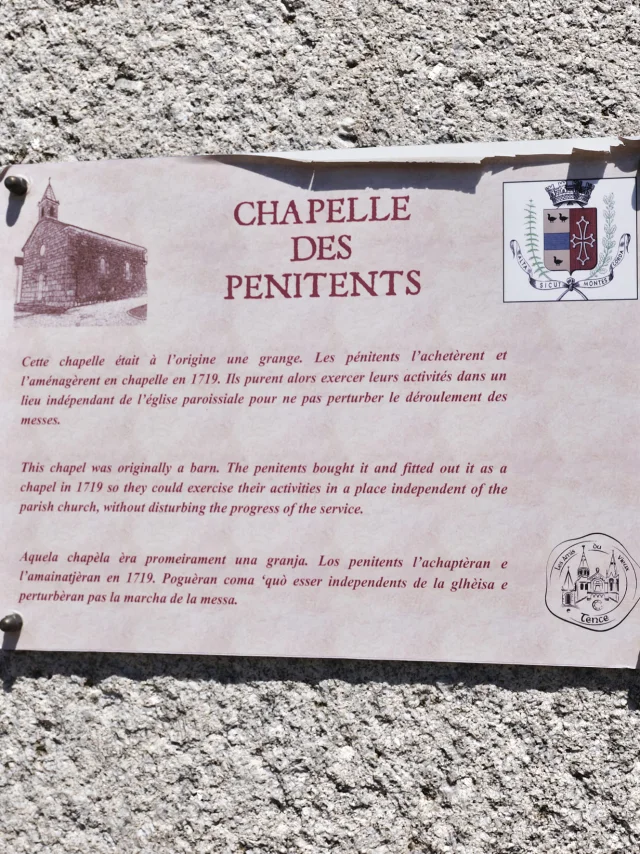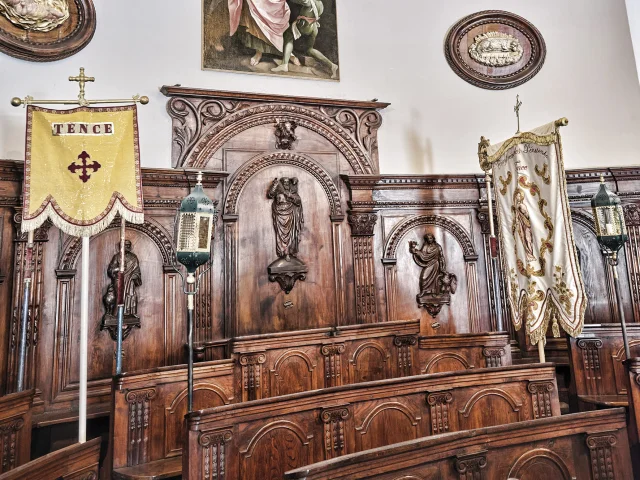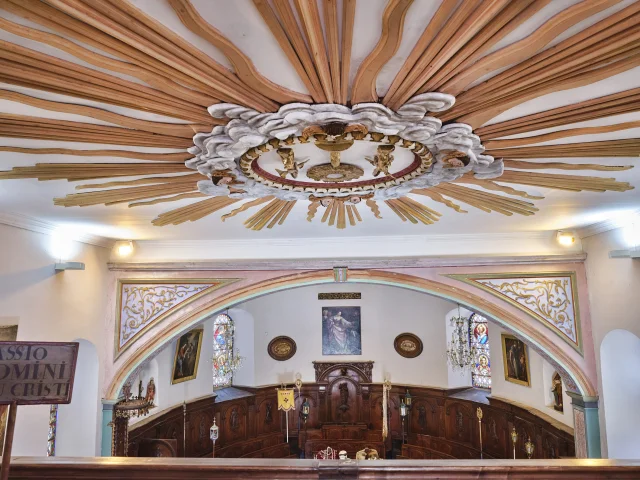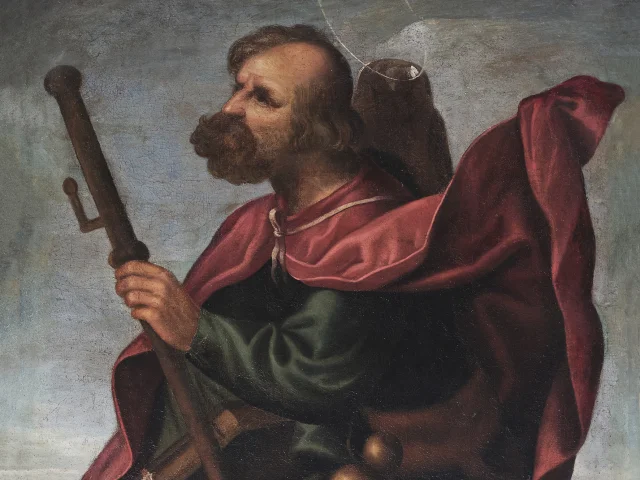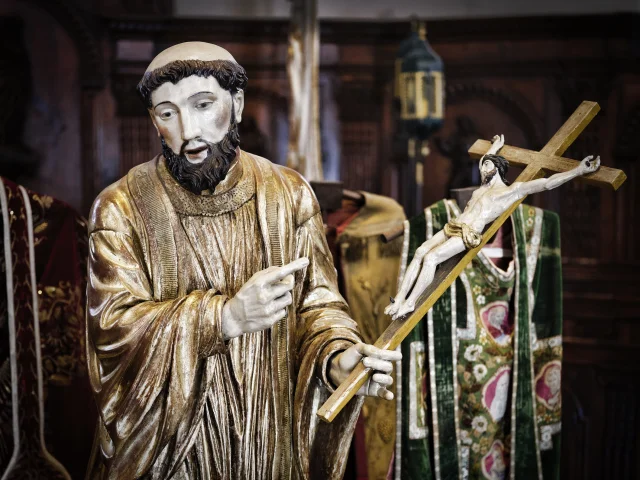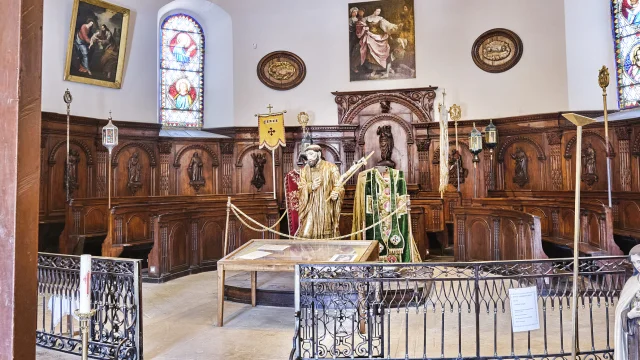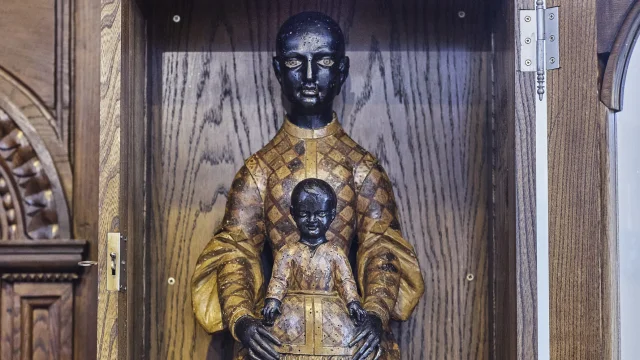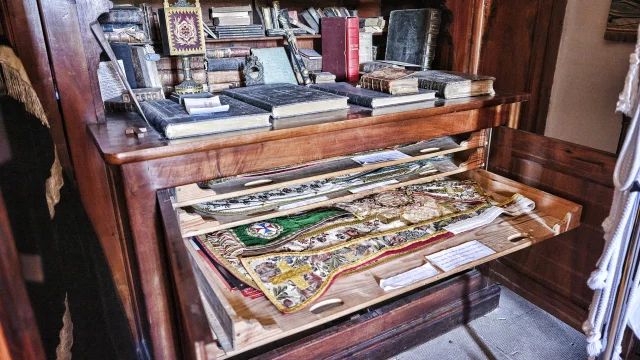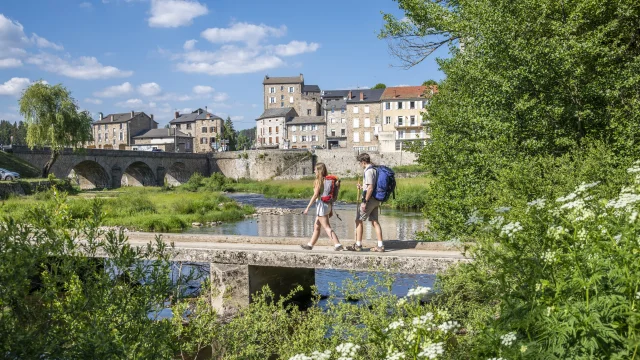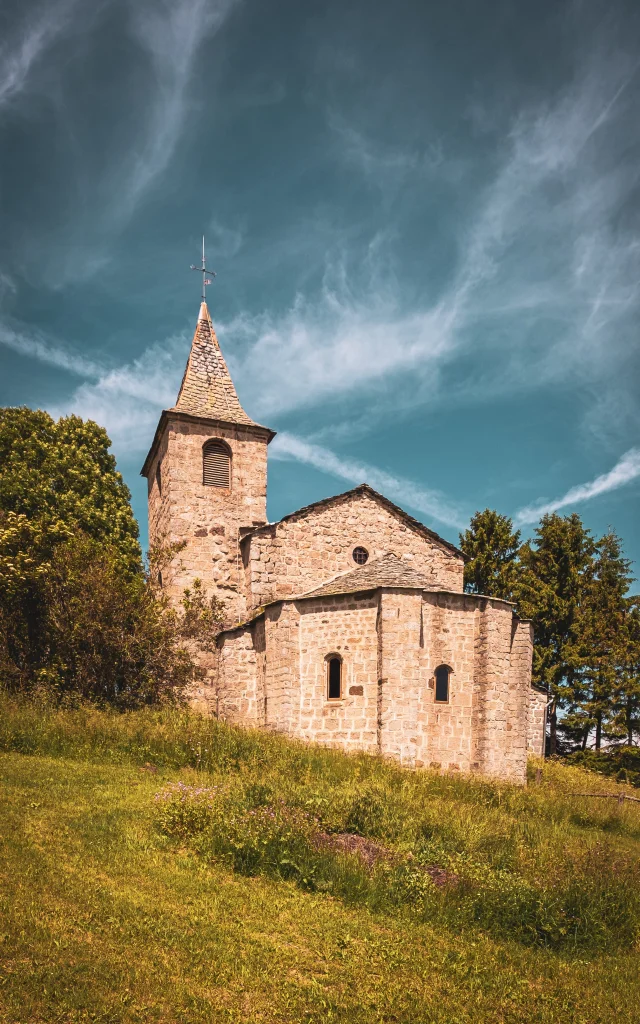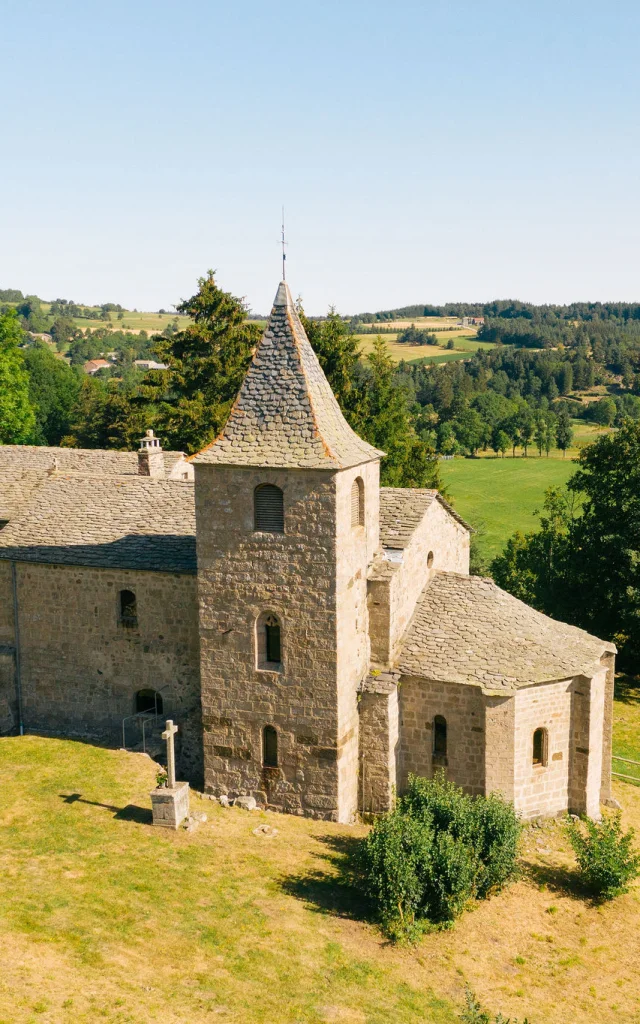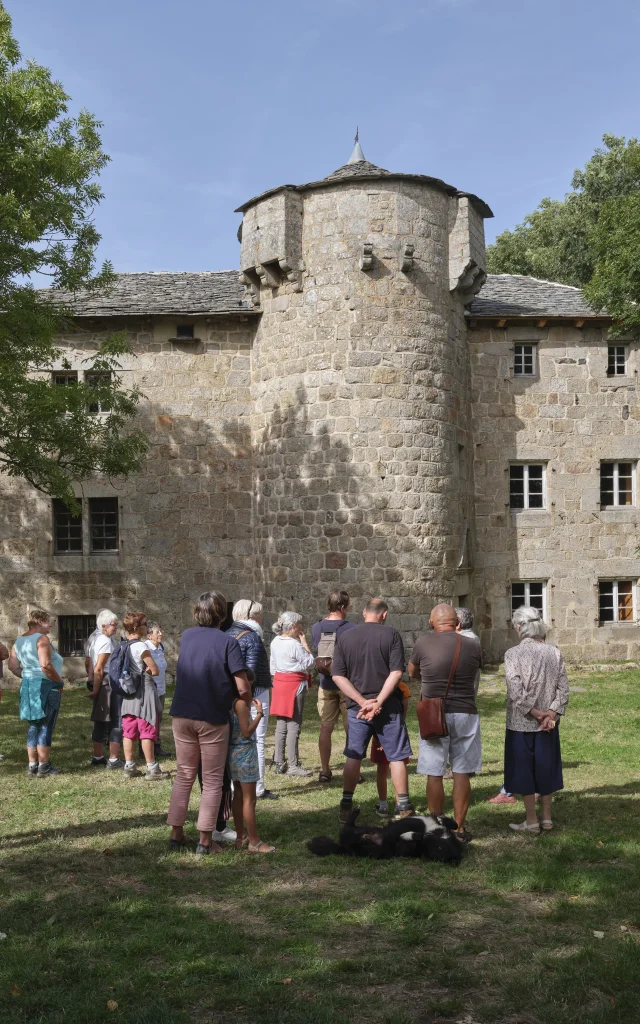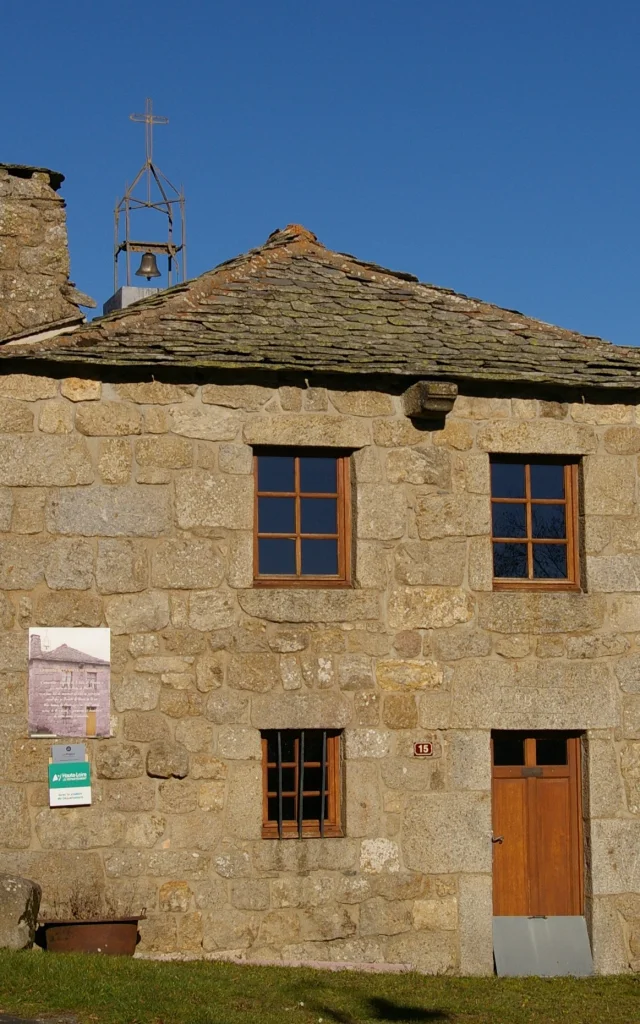The creation of the Confrérie des Pénitents dates back to April 10, 1652, greatly encouraged by the Bishop of Le Puy, who wished to combat Protestantism.
Initially there were 37 penitents, and they were allowed to set up shop in the tribune of St-Martin church (much smaller than the one we know today).
Many notables joined the Confrérie, bringing the total number to nearly 200, and the poor parish priest, seeing his collections dwindle, forced them to find new premises.
In 1719, they bought the site, which had previously been a barn, and converted it into a chapel, where they remained until 1789 (Revolution).
The architecture is rather classical (absence of a cross-shaped architectural plan).
During the Revolution, the site was devastated and sold as national property.
They stopped for a while, then moved back into the chapel until 1976, when the confraternity was disbanded (with only 20 or so penitents).
This diocesan property was acquired by the Tençoise Municipality in 1982.
The interior was restored between 1983 and 1990.
In 1992, the Museum of Religious Art opened its doors.
Today, there are still some 140 penitents in 3 brotherhoods in the Haute-Loire region: Saugues, Le Puy-en-Velay and Ste-Sigolène.
